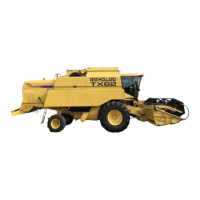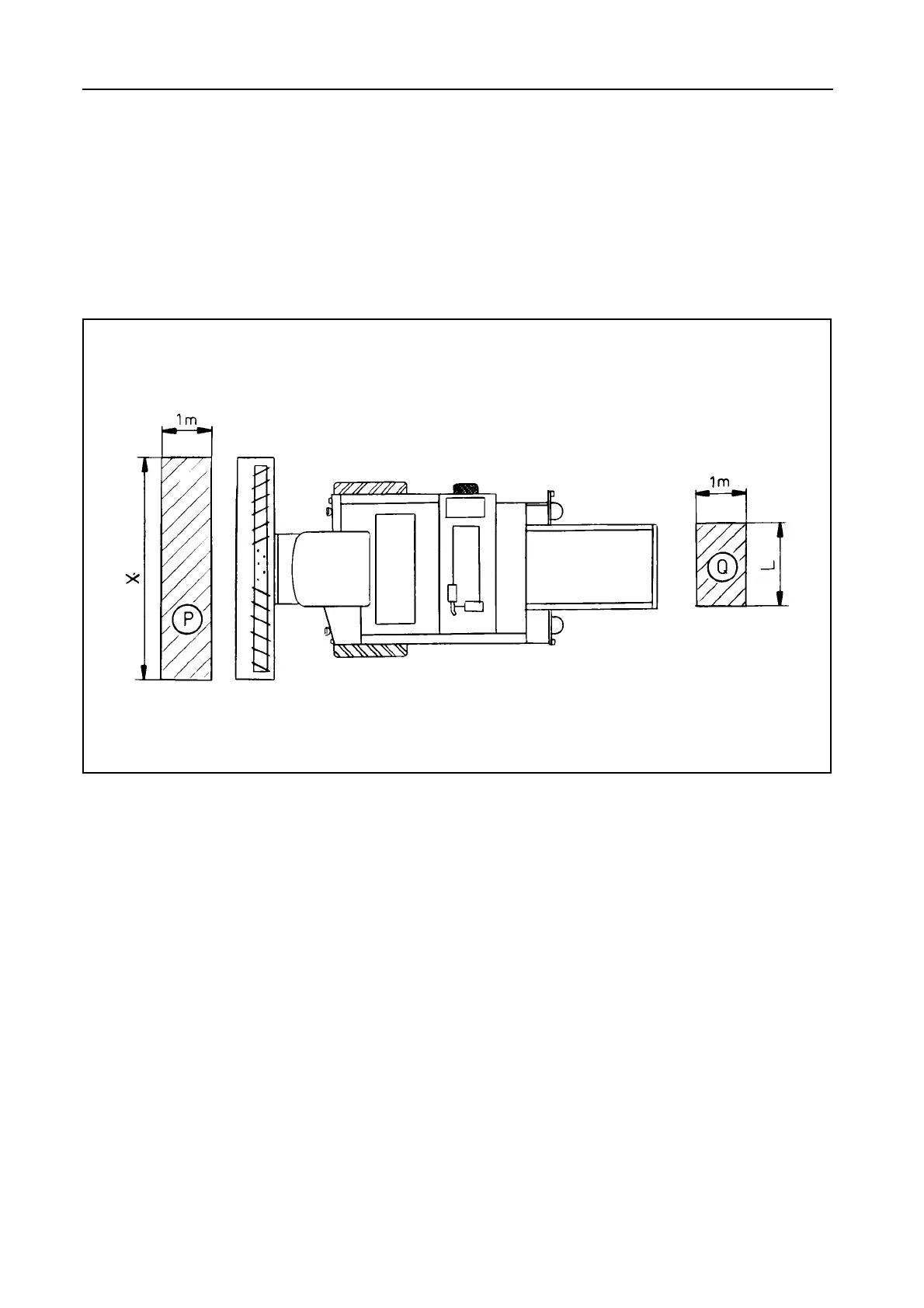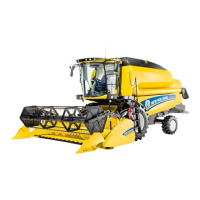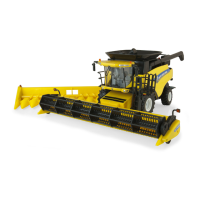SECTION 4
4-121
HOW TO OBTAIN AN I DEA ON LOSS L EVEL --
Figure 177
Example:
Model TX66 with 17 ft (5.10 m) grain header operating
in wheat.
Average yield: 5000 kg/ha.
177
50399
-- Surface P = surface being harvested:
1 meter multiplied by X (header width) = 5.1 m
2
.
-- Surface Q = surface of the material being cut in
surface P, behind the machine (i.e. swath):
1 meter multiplied by Y (drum width, i.e. 1.5 m) =
1.5 m
2
.
-- Consider a loss level of 1% = 50 kg/ha or 5
grams/m
2
crop.
Surface Q will then contain the functional losses
(i.e. cleaning shoe, straw walker, fan) of surface P
(5.1 m
2
), being 5 x 5.1 = 22.5 grams.
-- Considering the average weight of wheat being
23,000 grains/kg, this means: 586 grains in sur-
face Q (1 % loss level!).
-- An average human hand with spread fingers cov-
ers a surface of approximately 0.03 m
2.
This
means that, if the grain loss is evenly spread, 18
grains can be found underneath the hand, repre-
senting 1% grain loss for a 5000 kg/ha yield.

